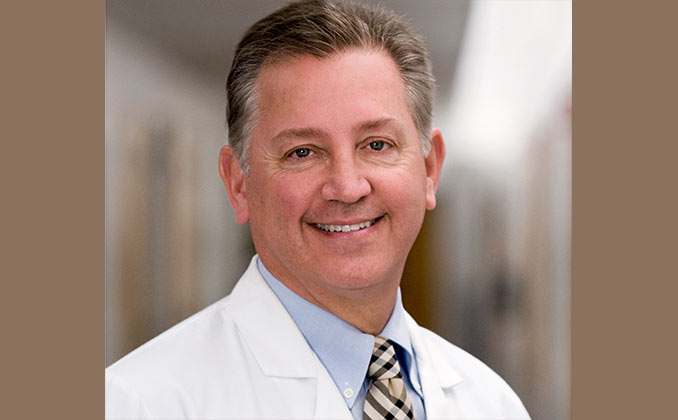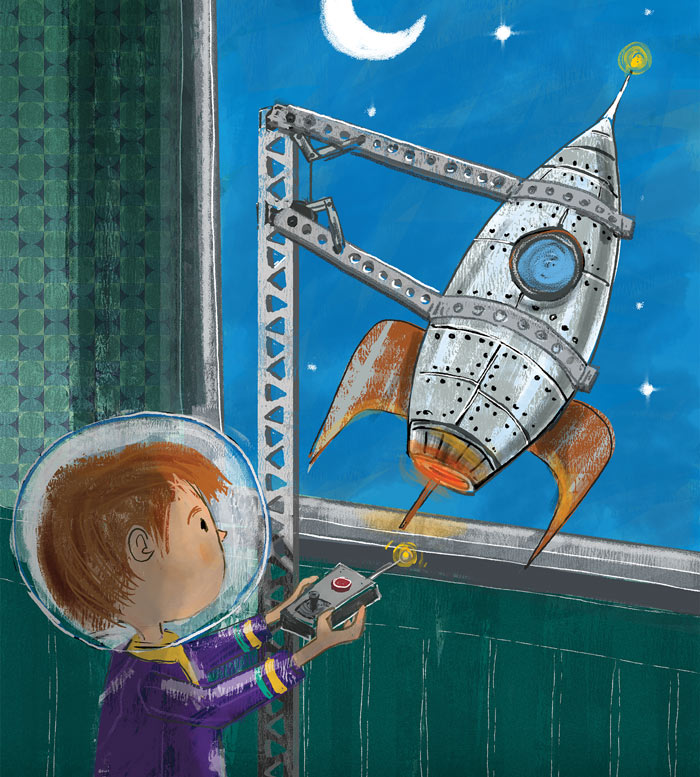Ignite | Spring 2022
Frank Papay: Giving Someone a New Face
Like many children raised during the Space Race, Frank Papay, M.D. (’84), grew up dreaming of becoming an astronaut. He didn’t make the cut after he finished his M.S. degree in engineering at Case Western Reserve University, but he was still able to partially fulfill his dream as a biomedical engineer interning at Cleveland’s NASA Lewis Research Center. Dr. Papay quickly learned how top-notch senior engineers navigated toward successful designs: “You build redundant systems in case of failure, regardless of the chances.”
 The habit of asking “What if?” has guided Dr. Papay through a career as an otolaryngologist, plastic craniofacial surgeon, inventor and serial new ventures founder at the Cleveland Clinic, where he serves as chair of the Dermatology and Plastic Surgery Institute, chairman of the Plastic Surgery department and head of the Section of Craniofacial Surgery. Dr. Papay was honored this year by the Cleveland Clinic as the Centennial Sones Innovation Awardee for lifetime innovation in the practice of medicine and surgery.
The habit of asking “What if?” has guided Dr. Papay through a career as an otolaryngologist, plastic craniofacial surgeon, inventor and serial new ventures founder at the Cleveland Clinic, where he serves as chair of the Dermatology and Plastic Surgery Institute, chairman of the Plastic Surgery department and head of the Section of Craniofacial Surgery. Dr. Papay was honored this year by the Cleveland Clinic as the Centennial Sones Innovation Awardee for lifetime innovation in the practice of medicine and surgery.
“You always want to be prepared for trouble so you’re aware of it and not anxious in reacting to it if it ever happens,” he says. “With any sort of new innovation or new surgical procedure where there’s a lot of risk, you include risk factors in the design, mitigating them as you would for a rocket launch.”
When Dr. Papay led the surgical team that conducted America’s first face transplant at the Cleveland Clinic in 2008 and the world’s youngest complete facial transplant in 2015, treating the patients was uppermost on his mind. Today, it’s gratifying to him that these face transplant patients became spokespersons for others who were victims of abuse and suicidal ideations.
When a whole surgical team locks in, there’s a “flow” between them – like the unspoken but palpable connection that Dr. Papay used to feel when he played drums in jazz groups. “When it happens, you cannot describe it, but you feel it,” he says. “It’s pretty awesome!”
Enhancing the impact
A passion for helping patients beyond the operating room led Dr. Papay to branch out into inventing medical devices, such as a neuromodulation device for cluster headaches.
A device for sleep apnea (soon to be on the market) is easier to wear than a CPAP setup, he says. An invention for surgical navigation uses augmented reality (AR); and what he calls fluorescent guided surgery, or “surgery by color,” should also be on the market soon.
Advancements in AR allow surgeons like Dr. Papay to practice what he calls situational awareness by integrating into the surgeon’s vision the patient’s vitals, radiology scans, targeted tumor fluorescence and real-time registration. This visual integration creates a three-dimensional operative situational awareness of surgeon’s intra-operative surroundings, making surgery safer. “It’s how a fighter pilot lands,” says Dr. Papay, who believes that every physician should integrate new technologies such as machine learning into a habit of lifelong education. (In what he calls “reverse mentorship,” he often learns from his younger students on topics like these.)
“If you make a product better and make it more accessible to many patients, the impact of your innovation makes you and your team’s legacy much greater,” he says. At the time of this interview, he and his team at the Cleveland Clinic were preparing to design a groundbreaking hand transplant that had been previously delayed by COVID-19. The potential for transformative leadership? Never better.

